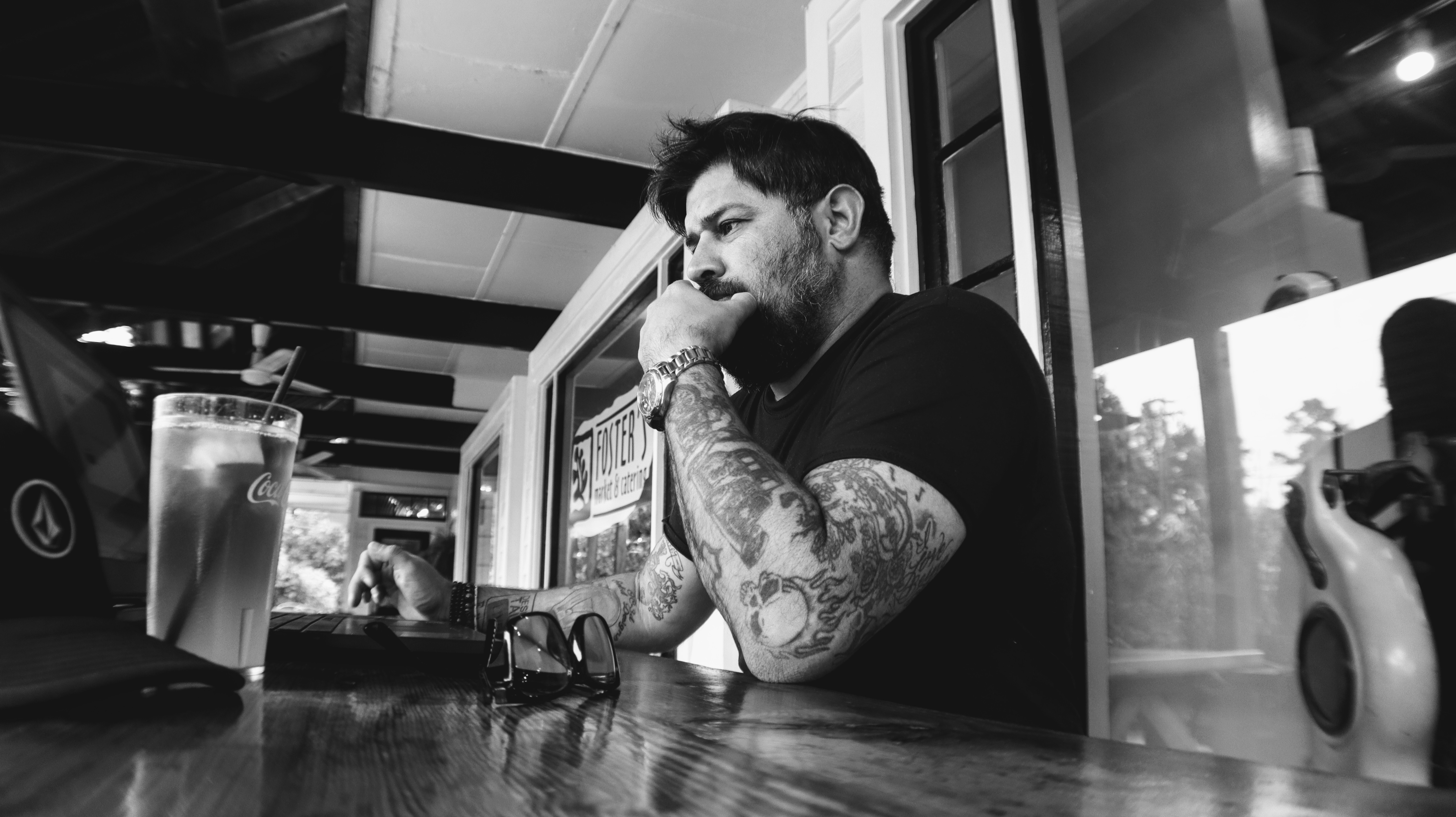Is Surge Pricing the Future of the Food & Beverage Industry?
- Joseph Haecker
- Mar 2
- 4 min read

By the One Bite Foodie Blog Staff
Imagine this...
You walk into your favorite restaurant on a Saturday night, and you notice that your usual go-to dish is a few dollars more expensive than usual. But if you visit the same place on a quiet Tuesday afternoon, you might get a discount on the same meal. Would that change when and where you eat?
This concept, known as surge pricing or dynamic pricing, has already transformed industries like ride-sharing, airlines, and even gas stations. But could the food and beverage industry be next? And if so, how would it impact restaurant owners, employees, and—most importantly—customers?
What Is Surge Pricing?
Surge pricing is when businesses adjust prices in real time based on demand. If demand is high, prices increase. If demand is low, prices drop to attract more customers.
The goal? To balance supply and demand, increase revenue, and optimize operations.
You’ve probably already experienced surge pricing without even realizing it.
Surge Pricing in Other Industries
Ride-Sharing Apps (Uber & Lyft): Ever opened your app after a concert or during rush hour and seen fares skyrocket? That’s surge pricing. When demand outpaces available drivers, prices go up.
Airfare: Airlines use dynamic pricing constantly. If you book a flight months in advance, you might get a good deal. But wait too long, and prices can skyrocket based on seat availability and demand.
Gas Stations: Fuel prices fluctuate based on crude oil costs, location, and demand. Travelers often see higher prices in high-traffic areas or before holiday weekends.
Hotels: Hotel prices shift based on seasonality, booking trends, and special events. If there’s a big conference in town, you’ll likely pay more for a room than on an average weekday.
These industries have successfully implemented dynamic pricing models to increase revenue and manage customer flow. Now, with advancements in digital technology, restaurants and bars could do the same.
Could Surge Pricing Work for Restaurants and Bars?
Restaurants and bars already experience natural fluctuations in demand. Brunch spots are packed on Sundays, but quiet on Mondays. Bars see peak crowds on Friday and Saturday nights but are nearly empty on weekday afternoons.
Surge pricing could help smooth out these peaks and valleys, keeping revenue steady and reducing food waste.
Potential Benefits of Surge Pricing in Food & Beverage
✅ Better Staffing Efficiency
Restaurants could adjust employee schedules based on demand, reducing costs during slow hours while ensuring they have enough staff during peak times.
✅ Reduced Food Waste
Lowering prices during slow hours could attract more customers, leading to better inventory management and less food spoilage.
✅ Higher Revenue During Peak TimesRestaurants and bars could charge slightly higher prices when demand is high—just like hotels and airlines. This would help them maximize earnings during busy periods and offset slow times.
✅ Customer Incentives
Just like "happy hour" discounts encourage people to visit bars in the early evening, off-peak pricing could incentivize customers to dine at non-traditional hours. This could reduce long wait times and improve overall service quality.
✅ More Control Over Business Flow
Imagine if restaurants could balance demand more evenly throughout the day instead of dealing with overwhelming rushes followed by dead hours. Surge pricing could help create a more predictable and manageable workflow.
Potential Downsides of Surge Pricing in Restaurants
❌ Customer Backlash
Diners are used to fixed menu pricing. Seeing fluctuating prices could create confusion and frustration, especially if they feel they’re being overcharged during peak hours.
❌ Perception of Price Gouging
If customers feel like a restaurant is exploiting high-demand times, they might take their business elsewhere. Surge pricing works for airlines and Uber because customers understand the trade-off—but would restaurant-goers be as understanding?
❌ Implementation Challenges
Unlike airlines or ride-share apps, where prices can be updated instantly, restaurants would need an effective system for displaying real-time pricing. Digital menus and app-based ordering could make this easier, but many establishments still use traditional paper menus.
The Technology Already Exists
The good news? We now have the technology to make surge pricing a reality in food and beverage businesses.
How Restaurants Could Implement Surge Pricing Today
Digital Menus & QR Codes: Prices could be updated in real-time using digital menu boards or app-based ordering.
Reservation-Based Pricing: Some high-end restaurants already do this, charging different prices for peak and off-peak reservations.
AI & Data Analytics: Restaurants could use AI-driven pricing models that adjust based on customer traffic, weather, and special events.
Some restaurants are already experimenting with dynamic pricing models:
Happy Hour Discounts: This is a basic form of surge pricing, encouraging customers to visit during slower hours.
Time-Based Buffet Pricing: Some buffets charge less in the final hour before closing to reduce food waste.
Special Event Pricing: Restaurants near stadiums or concert venues sometimes raise prices during big events.
Would You Support Surge Pricing in Restaurants?
The big question is: Would customers accept dynamic pricing in restaurants and bars?
Some might argue that higher prices during peak times feel unfair, but others might appreciate the ability to get a discount by dining at non-traditional hours.
Would you be willing to pay a little more for a table on a Saturday night if it meant better service and availability?
Would discounts during slow hours encourage you to dine out more often?
Let’s start the conversation!
Do you think surge pricing is the future of restaurants? Or would it drive customers away? Share your thoughts below! ⬇️




Commentaires